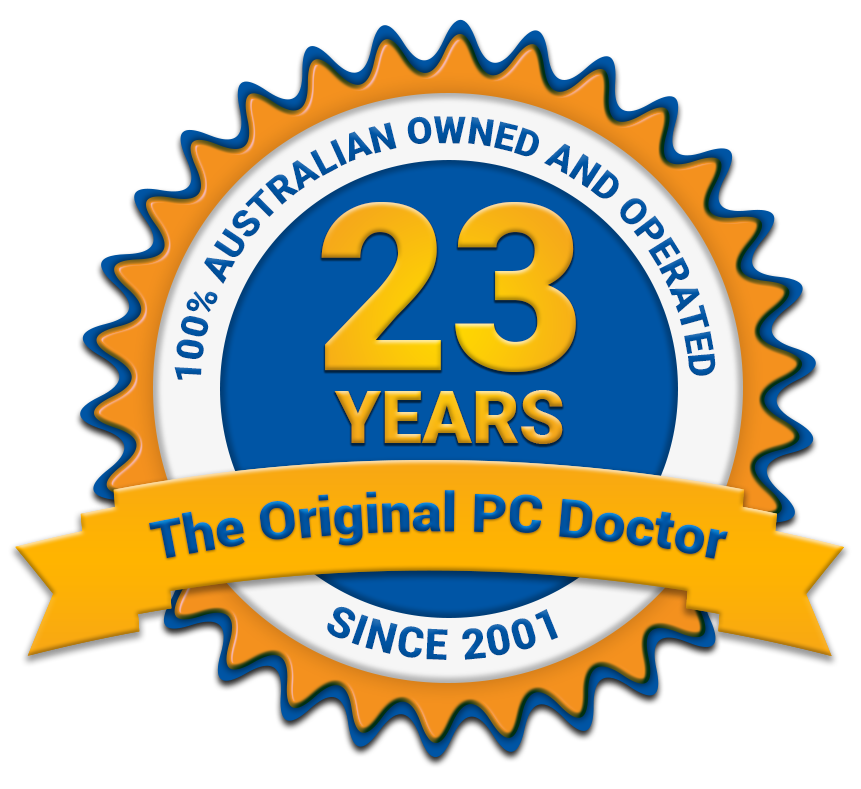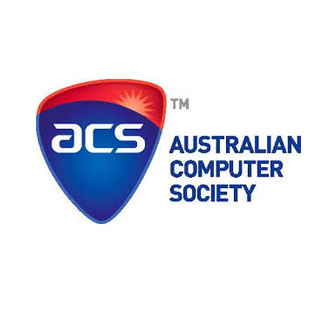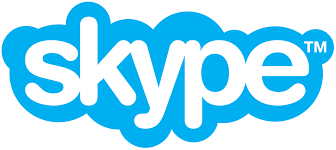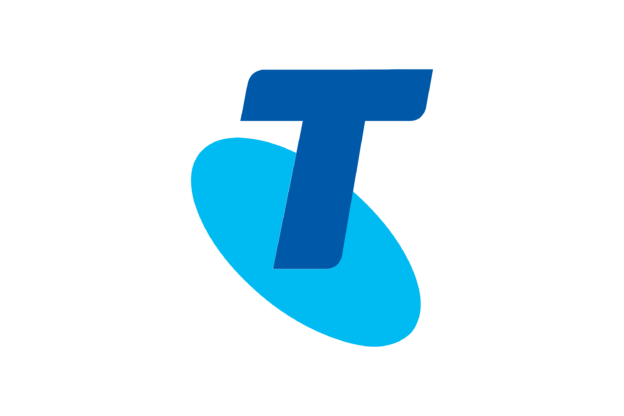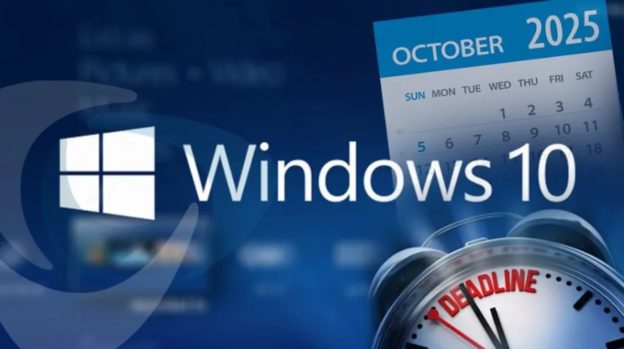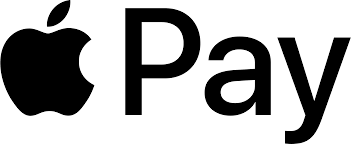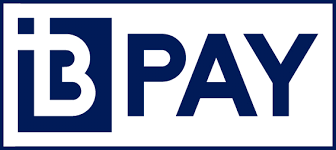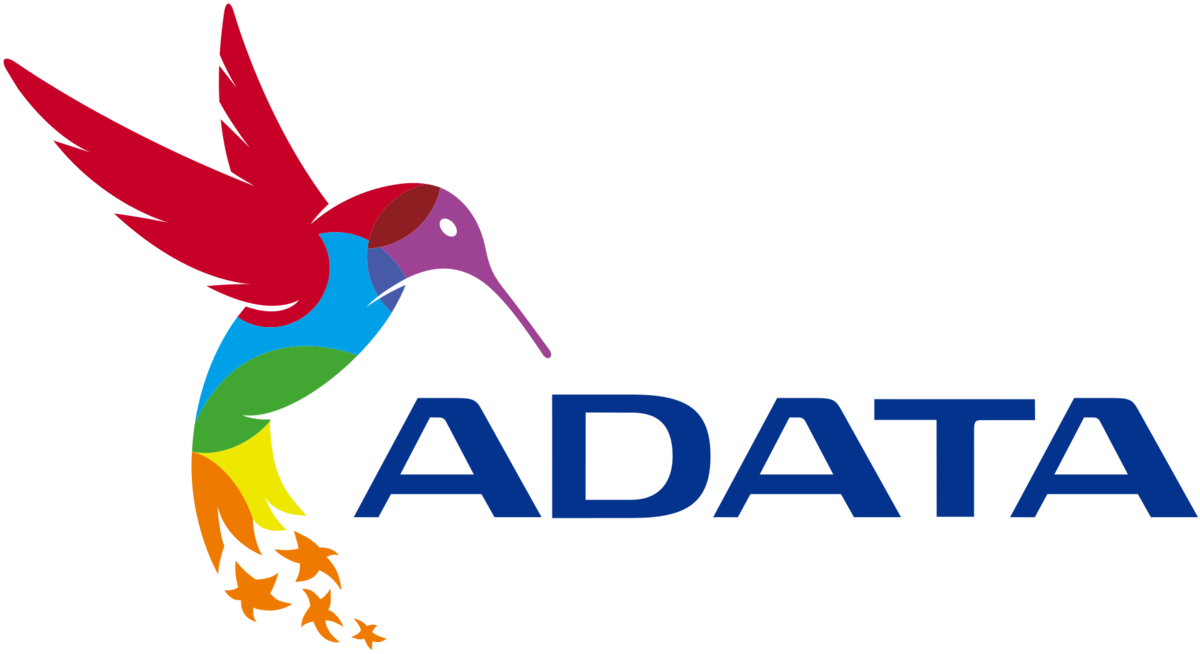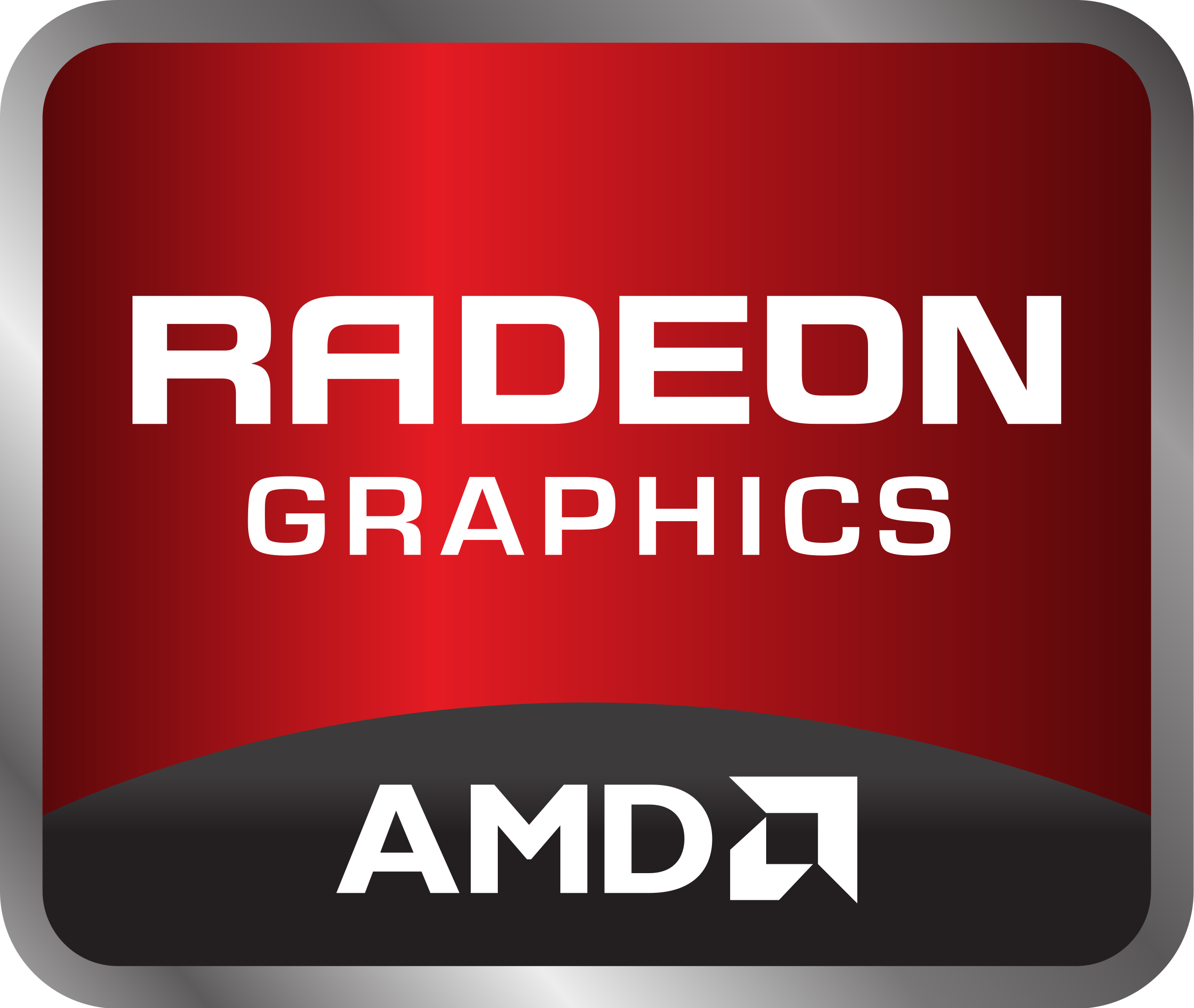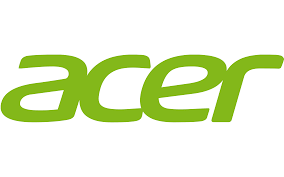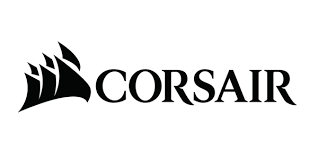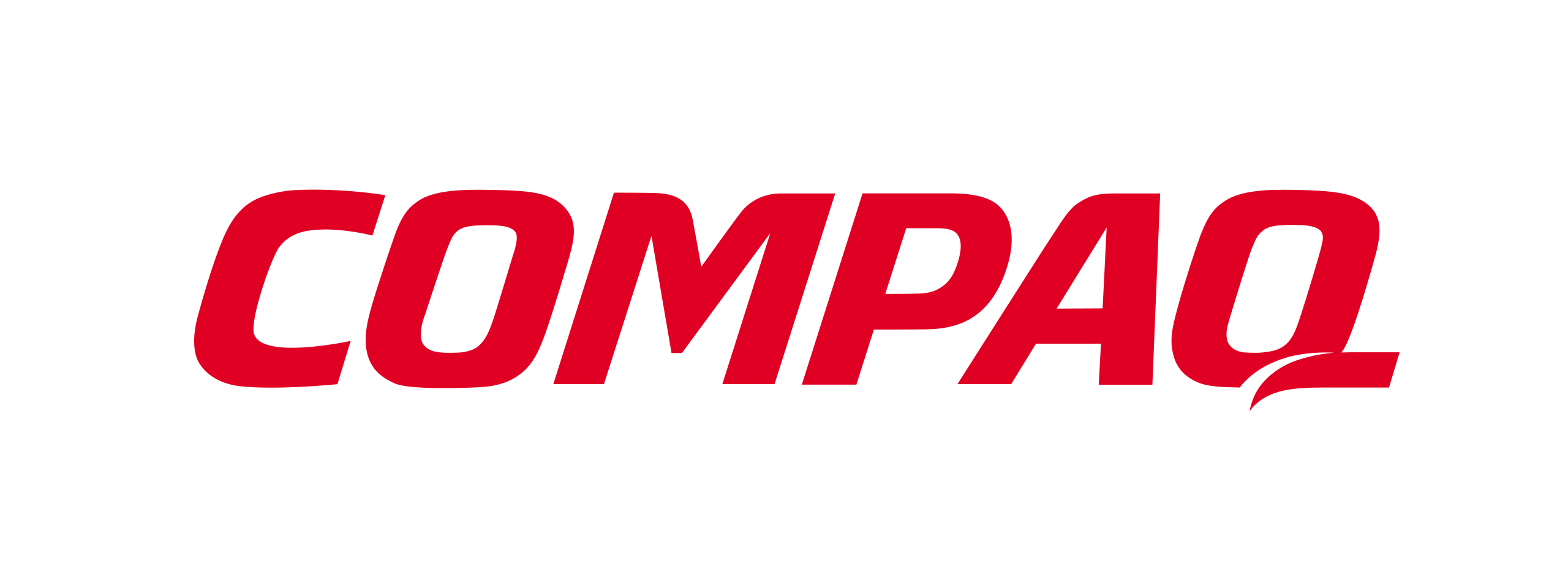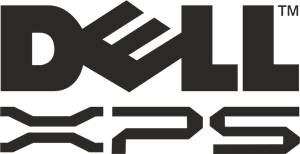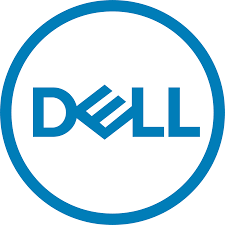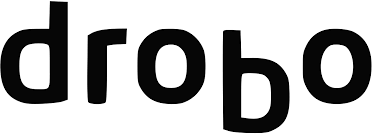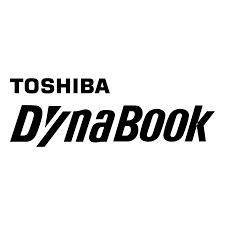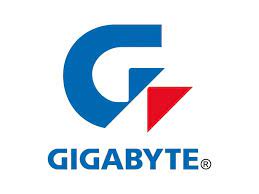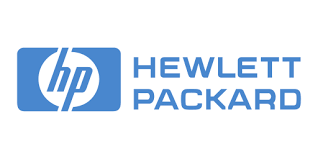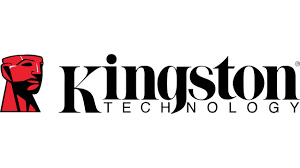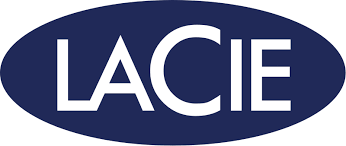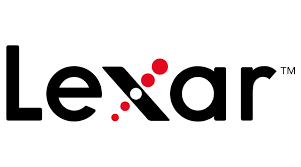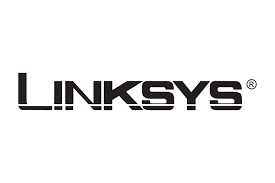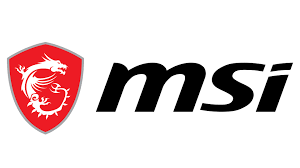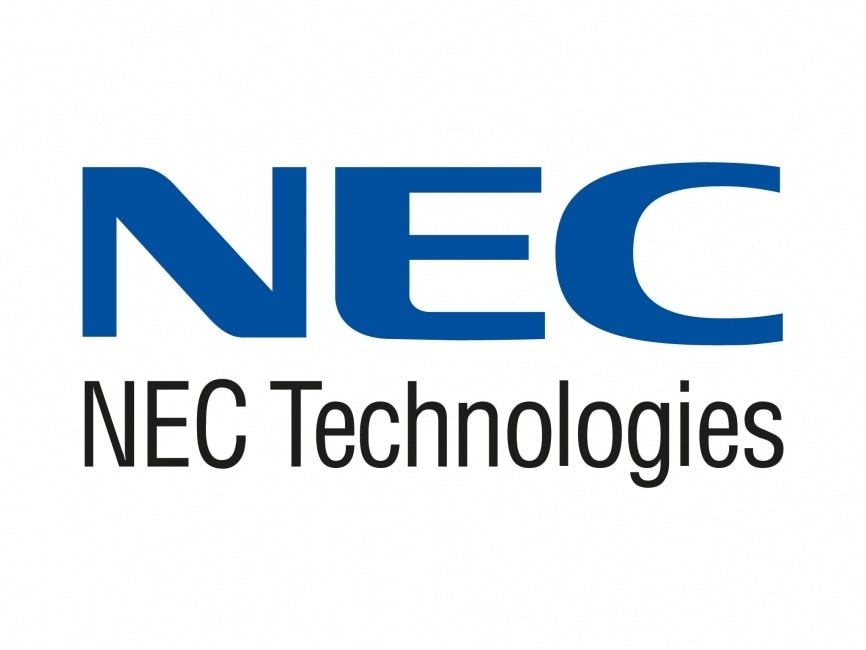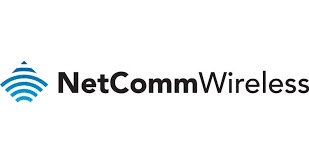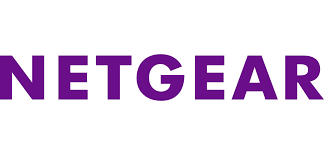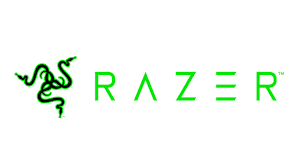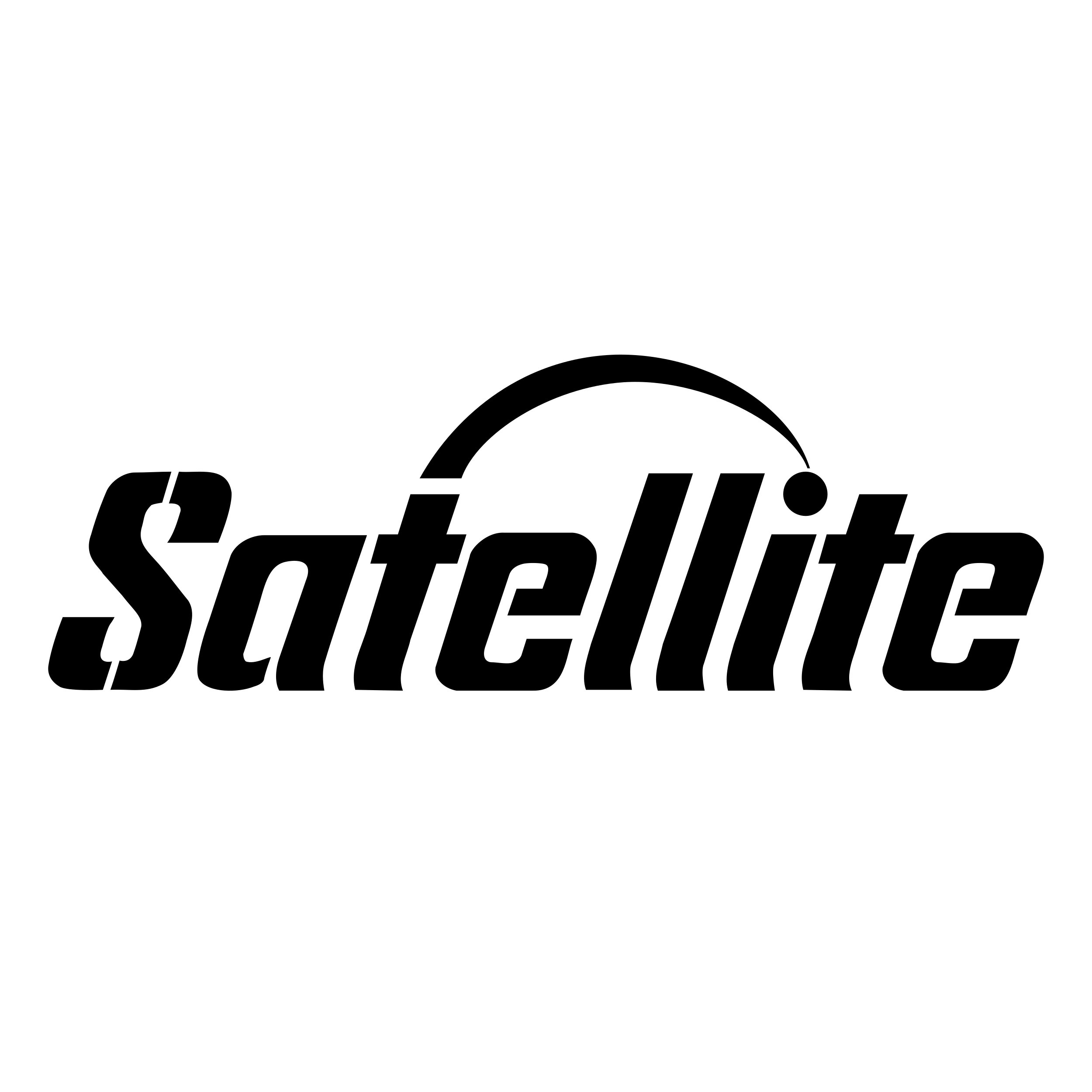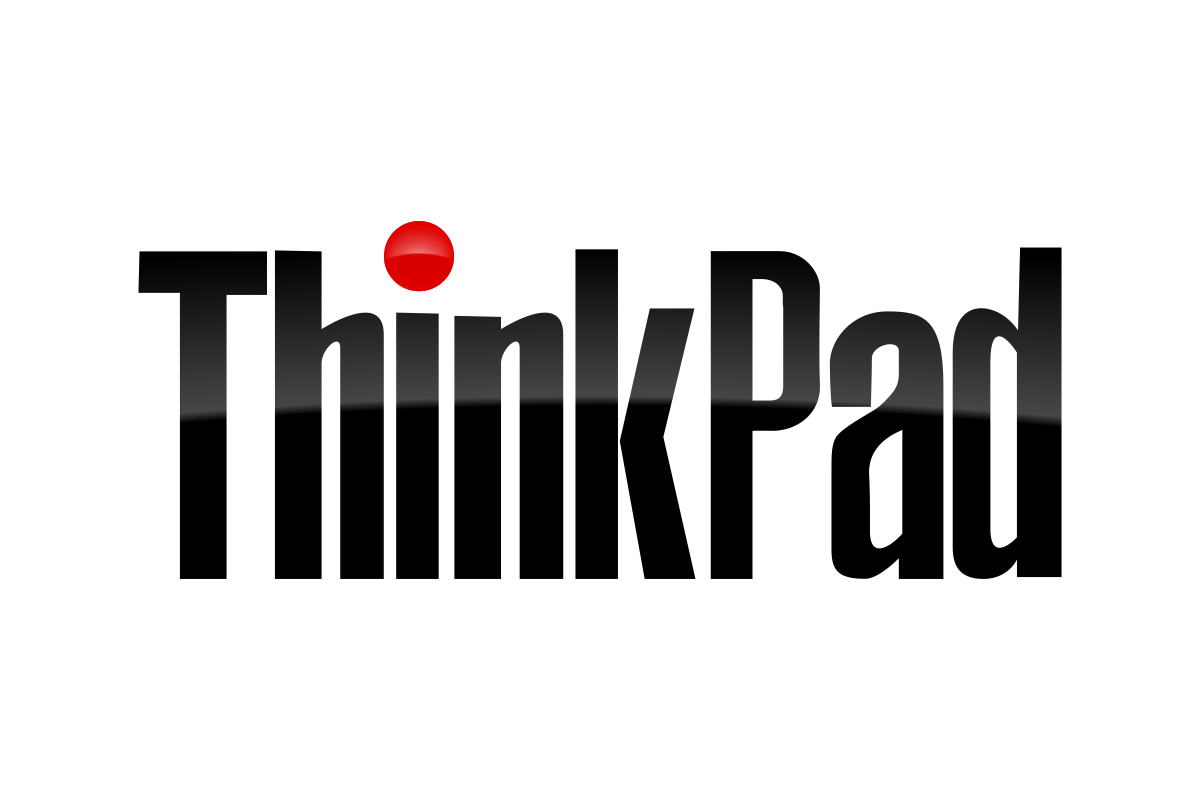Remote desktop support works through a combination of software and protocols that establish a secure connection between two computers:
1. Software Installation:
- Client software: This is installed on the user’s computer and establishes a connection to the remote desktop server. It captures user input like keyboard and mouse movements and transmits them to the technician’s computer. Popular client software includes TeamViewer, AnyDesk, and Microsoft Remote Desktop.
- Server software (optional): In some cases, additional software might be installed on the technician’s side to manage and accept incoming connections from multiple users.
2. Connection Establishment:
- The user initiates a connection by launching the client software and entering the technician’s unique ID or connection details.
- The software establishes a secure connection using protocols like Remote Desktop Protocol (RDP) or proprietary protocols used by specific software. This connection encrypts the data being transmitted, ensuring its security.
3. Technician Access and Control:
- Once connected, the technician can see the user’s desktop environment, including open applications and files.
- They can then use their keyboard and mouse to control the user’s computer, diagnose issues, perform actions, and troubleshoot problems.
- Depending on the software and configuration, the user might have the option to observe the session or even relinquish control temporarily.
4. Communication and Collaboration:
- The technician and user can communicate throughout the session using features like built-in chat, voice calls, or even video conferencing depending on the software.
- This allows them to discuss the issue, explain solutions, and guide the user through any necessary steps.
5. Session Termination:
- Once the issue is resolved or the session is no longer needed, the technician disconnects the connection.
- This closes the secure tunnel and terminates the control access.
Security Considerations:
- It’s crucial to emphasize that only trusted technicians and software should be used for remote desktop support.
- Users should never share their login credentials or connection details with unauthorized individuals.
- Reputable remote desktop software utilizes encryption and authentication mechanisms to ensure the security of data and prevent unauthorized access.





